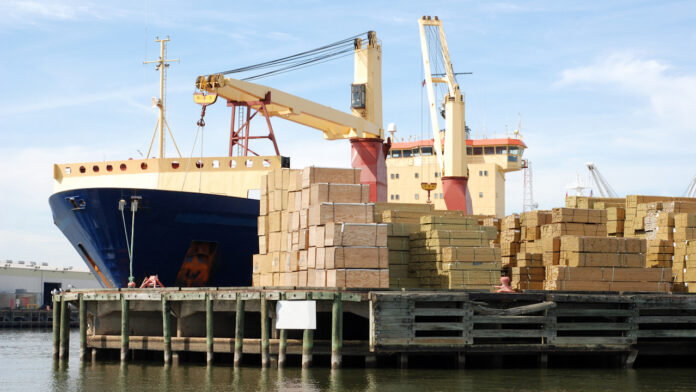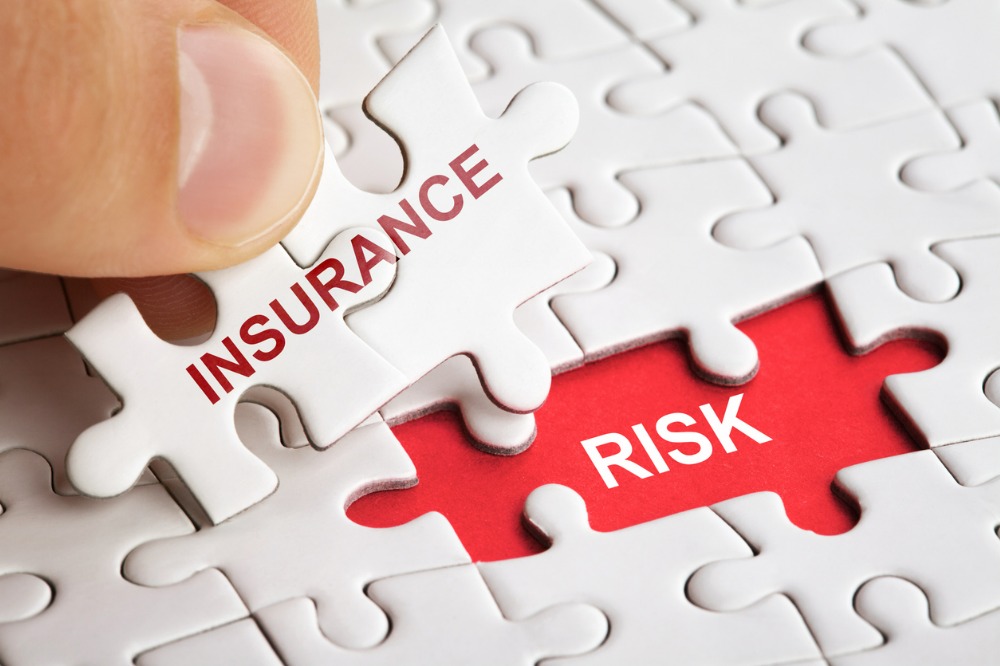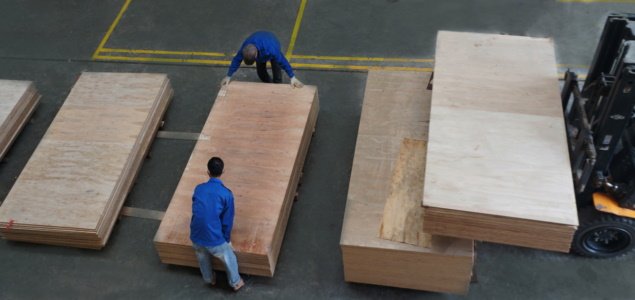One of the most notable pieces of information for Vietnamese wood processing businesses is that Noble House, one of the furniture importers for domestic companies, filed for Chapter 11 bankruptcy protection on September 11 in the United States Bankruptcy Court for the Southern District of Texas, Houston Division (Bankruptcy Court). According to reports from Bankrupt Company News, the long-term debt is listed at $74 million, and the business debt is $65 million.
According to information received by the Vietnam Timber and Forest Product Association, at least 18 major companies in the Vietnamese wood processing and export industry supply products to Noble House. With Noble House declaring bankruptcy, these Vietnamese supplying companies are at risk of losing their assets.
Nguyen Liem, CEO of Lam Viet Joint Stock Company, who had faced a similar situation in the past, shared that many companies had to let go in such situations.
“About 2-3 years ago, we also encountered a similar issue in the UK, where Lam Viet lost about 2.6 million USD (equivalent to 62 billion VND in debts owed to us), and there were also remaining inventories,” Liem said. “Not only Lam Viet but many other companies have found themselves in similar situations.”
Under UK bankruptcy law, the top priority is to repay wages to workers with assets retrieved. Next in line are taxes, bank debts, rent payments, and, finally, what’s left will be paid to suppliers.
These companies not only owe suppliers in Vietnam but also suppliers in other countries. At that time, companies were contemplating hiring lawyers, but legal counsel advised against pursuing lawsuits as they also didn’t have the funds. Even if they managed to recover, the funds would only cover transportation and legal fees.
“We are still waiting to see the procedures and how this unfolds. However, this is a serious issue because Vietnamese export businesses could lose capital. Businesses waiting to reclaim assets sold to this owner according to the court’s decision are also facing difficulties,” noted economic expert Dinh Trong Thinh.
According to Thinh, many companies go bankrupt, but they still have assets. Regarding payment priority, there is some level of regulation and court resolution in favor of suppliers. However, resolving the matter, if possible, will take a long time, and the recovered amount may not be significant, adversely affecting Vietnamese export businesses.
Export risk insurance gap
Not only in the UK, but both before and after the COVID-19 pandemic, many businesses in the United States have closed down. Meanwhile, the biggest concern for Vietnam is the insurance gap, especially concerning import and export.
Mr. Dinh Trong Thinh states that export-import insurance has existed for some time. It’s a form of security for international trade payments. This comes at a cost, and perhaps one of the reasons why export businesses often overlook it is because they think it’s expensive and cumbersome. “Insurance for goods in import-export is a very common type of insurance. Alongside that is payment risk insurance. It’s just that not all businesses participate in this,” says expert Dinh Trong Thinh.
Additionally, in China, there is a document discounting method for banks. This method is common in international trade payments. Specifically, businesses bring the documents to the bank for discounting and receive money after a percentage deduction. The bank then takes care of collecting the payment. This is customary in trade and international payments.
So, what is the situation for Vietnamese businesses? Thinh believes that currently, businesses do not have risk prevention measures in place. Therefore, businesses need to calmly assess the situation and make demands on the sellers and relevant authorities to intervene.
Secondly, the role of Vietnamese Embassies and Trade Offices in foreign countries should be to protect Vietnamese businesses. Specifically, they should take responsibility for working with competent authorities on the other side or courts concerning issues, monitor the situation, and handle incidents.
This way, businesses can participate in the monitoring, management, surveillance, and debt recovery process. Currently, businesses have to wait for the court and the bankruptcy process on the partner’s side, with no clear course of action.
Source: goviet.org.vn






